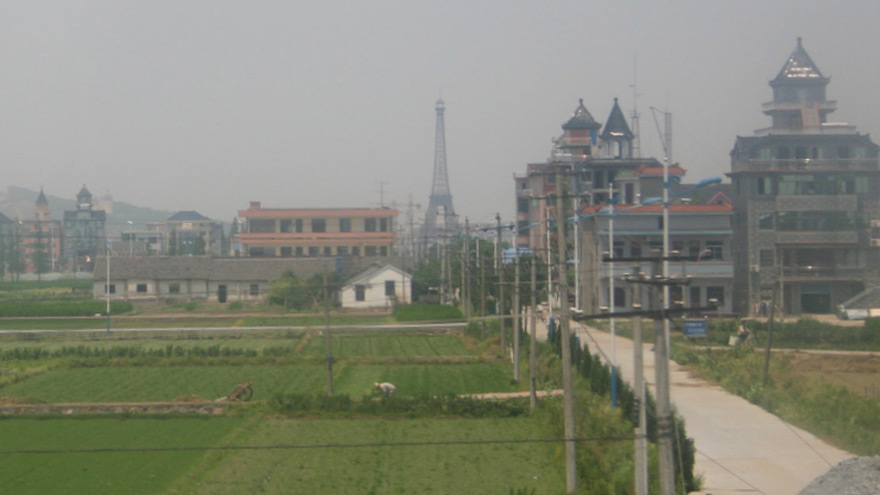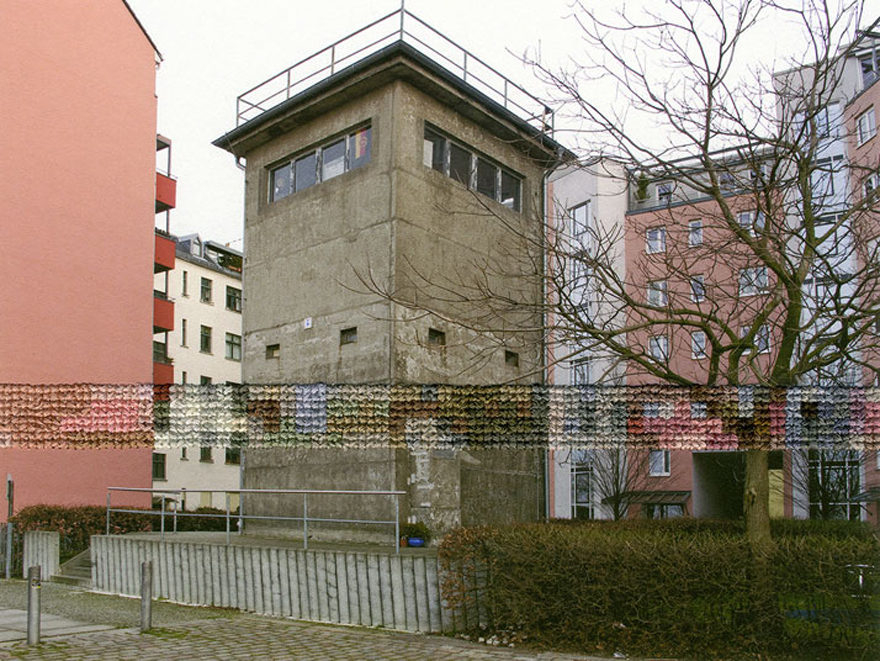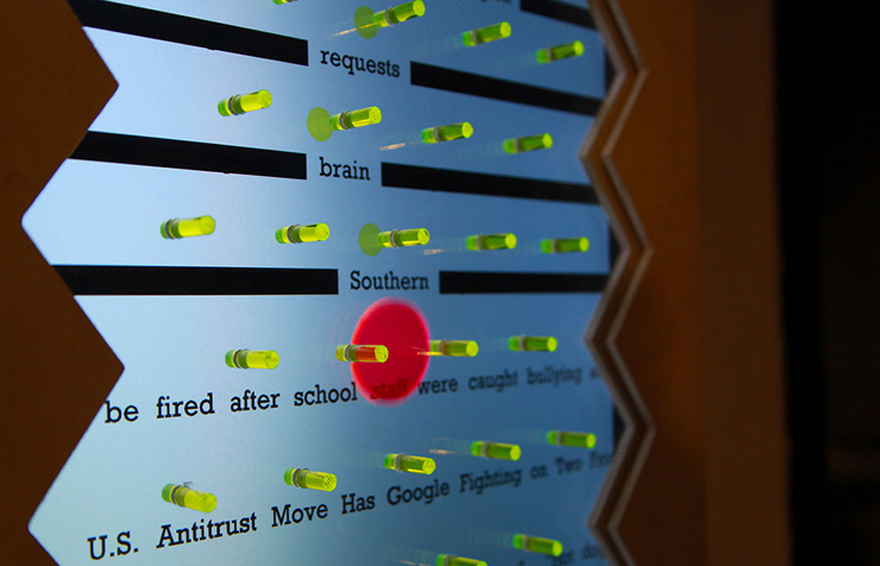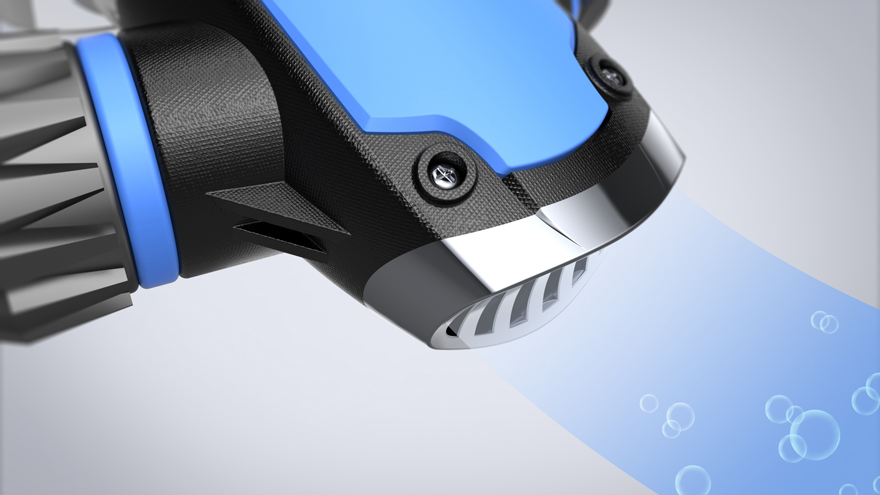![AIGA-100Years.jpg]()
Core77 is very pleased to be a media partner for an event that happens literally once every hundred years: 2014 marks the centennial of the AIGA. Since its founding in 1914, the New York-based professional association has expanded to 67 chapters nationwide, boasting some 25,000 members across various design disciplines.
In keeping with their mission to recognize and advocate for design, the AIGA will be celebrating this momentous occasion with several events this spring, as well as the just-launched 100 Years of Design website. Although it is ostensibly a look back at the past hundred years of design, the online gallery also serves as an extensive standalone survey of design history since 1914. Indeed, the AIGA worked closely with Second Story, a part of SapientNitro, to develop "a dynamic online platform documenting significant design works from the last century that have impacted our collective visual experience."
Viewers are encouraged to add their own favorite examples of design history to the initial selection of works, which are drawn primarily from the AIGA Design Archives and woven together with commentary from leading designers. Driven by participation from designers, students and design enthusiasts, the site invites conversation about design's rich legacy and expanding impact.
We had a chance to speak to AIGA Executive Director Richard Grefé about the centennial festivities and the story behind the impressive "100 Years of Design" website.
Core77: First of all, congratulations on 100 years! How does it feel to be spearheading the festivities for this momentous occasion?
Richard Grefé: The centennial is a tremendous affirmation of creative professionals—the value of their coming together as a community is to inspire each other, to seek ever-expanding opportunities for the design mind to thrill others with stunning and evocative work, and to enhance the human experience. A century marks a hundred years of growth, change, creativity and achievement, and the beginning of an era with even greater possibility. The festivities celebrate the breadth, depth and diversity of the fellowship of designers who come together as AIGA in order to advance the profession. Pretty exciting!
![AIGA-Adler_ClearRx.jpg]() Deborah Adler - ClearRx (2005)
Deborah Adler - ClearRx (2005)
Regarding CelebrateDesign.org, how did you arrive at the five categories? And did you have trouble classifying any of the artifacts, quotes or clips? I imagine there was quite a bit of overlap...
Organizing the story of design over the past century was no easy task. We wanted to move beyond a linear chronology. Ultimately, we decided the purpose of the site should be to begin the conversation, not end it, so we selected five broad categories that most would agree should be among any list of intents for great design. We then invited viewers to consider other impacts by including an open-ended prompt: "Celebrating 100 years of design that..."
Because any work of design can of course have multiple impacts depending on context and the viewer, it was at first daunting to assign works within the structure. Impact is subjective and a work being featured in a certain narrative for this project does not circumscribe its larger meaning. However, key works started falling into place as particularly representative of one impact or another, and then supporting pieces began to make sense in that context.
We pulled quotes from primary sources and books—such as Graphic Design in America, Looking Closer, Design Culture, Nine Pioneers in American Graphic Design, and Design Discourse—that spoke directly to the impacts chosen. For example, Samina Quareshi on the need for design to connect a community; the designers behind the First Things First 2000 manifesto on designers' imperative to assist in addressing environmental, social, and cultural crises; Paul Rand's defense of humor to delight through visual communication; Robert Fabricant on designers exerting influence through every decision they make. The final pieces were the voices of design legends, which help hold groups of work together. Each "impact" such as Delight or Inform contains three themes, and these voices complemented what we called the "narrative glue" that described each theme (for example, here and here in the Connect section).
(more...)![]()




 Clockwise from top: Tianducheng via
Clockwise from top: Tianducheng via  Via
Via  Images from (clockwise from top left) LUNAR, IDEO, Google X and frog
Images from (clockwise from top left) LUNAR, IDEO, Google X and frog



 More on Diane Meyer below
More on Diane Meyer below We've come a long way from grainy photos with splashes of colored embroidery; see more on
We've come a long way from grainy photos with splashes of colored embroidery; see more on 



 Deborah Adler - ClearRx (2005)
Deborah Adler - ClearRx (2005) Images courtesy of
Images courtesy of 


 Scroll to the bottom to see what this thing becomes
Scroll to the bottom to see what this thing becomes Image via
Image via 

















